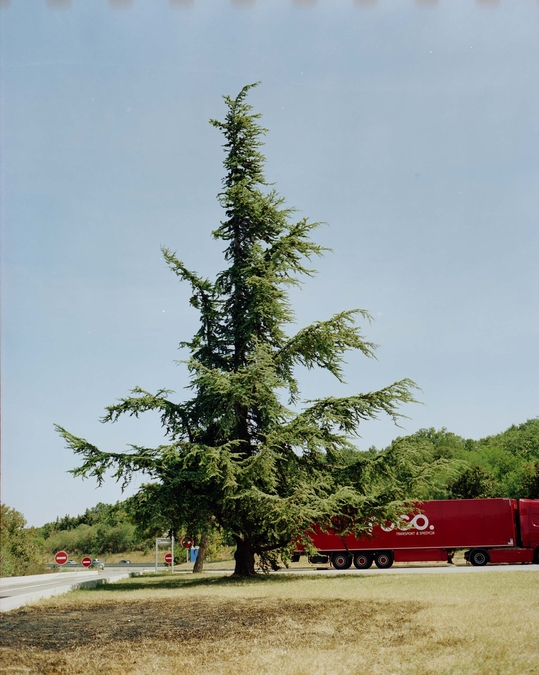So I left out some details. The film I'm considering is Vision3 in 65mm size. I've read all the specs and I believe the entire film width is actually useable for imaging and I've also seen sample images... There is no separate "track" or other type of dedicated sound recording area. Someone please correct me if I've misunderstood this!
The perforations are each ~4.73mm wide. If I use a slitter and remove say up to half of the perforations on each side, I'll have some perforations in the top and bottom of each frame but I should get a clean ~57-58mm in height to use.. The resulting images would be something like 58x70mm then. I dont have any film to measure but thats what I get from the product sheet.
Losing 2-3mm in height is acceptable to me to use a much simpler and cheaper process than cutting from a master roll...
Also, my camera loads and advances frame by a fixed amount. As long as the film length and the backing paper length are the same as a commercial 120 role, I don't need to mess with frame markings.
Still trying to figure out how to "semi-automate" the hand rolling process...
This sounds like an excellent project
🙂
Assuming the film has already been cut to the correct width...
I reckon all you would need is a three spooled jig. Looking from the side (end of spools) you would have the roll of backing paper on the top spool and film on the bottom one (assuming the emulsion faces the inside of the roll). You would then pull both ends together and attach them to the third spool on the right which contained a 120 plastic reel. Ideally you would have a handle attached to this spool so you could count the number of turns you needed to wind on the correct length. You would have to try a few test rolls to get the length sorted. Laying the jig flat may be best (i.e. horizontal rolls, like plates, rather than vertically like car wheels).
You would need to try and keep the film and paper spools tensioned so you don't end up pulling loads of excess film off. You may be able to do that simply by holding one hand lightly against them as you turn the spooling handle.
I can imagine this would be quite tricky at first in the pitch black, but I reckon you would get the process nailed after ten or so wasted rolls. I'm basing this on my own experience of cutting and measuring colour paper in the dark. At least with this you shouldn't be risking losing fingers!
😉
Do you know if it's possible to buy rolls of backing paper? If not, I guess you could simply save the ones from old rolls. They should be fine, as long as they are in perfect condition.
Have you already thought about how to cut the film to the correct width? I'm imagining the film moving from one reel to another and being fed through a gate in the middle with a couple of razor blades attached. The 'gate' could be something salvaged from an old film editor. It would need to be super clean and smooth to prevent scratches, but apart from that, I can't see any big issues.
Good luck and let us know how you get on.



